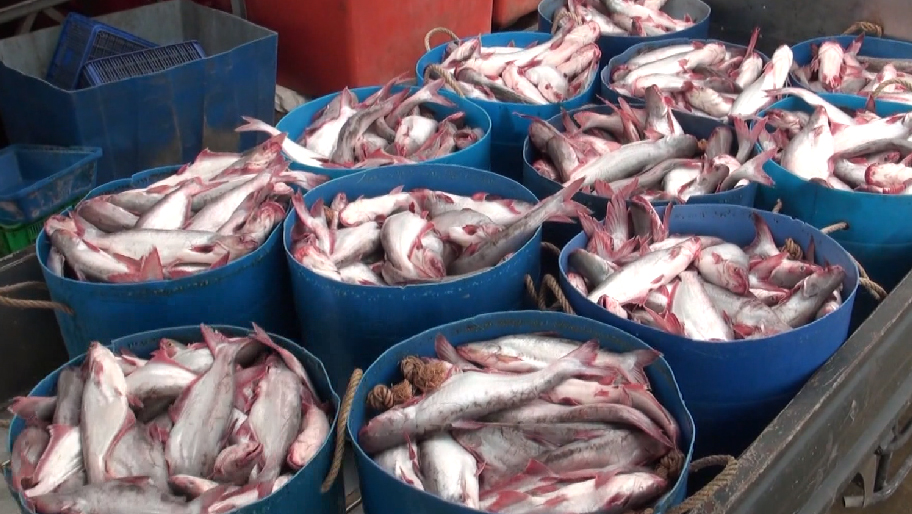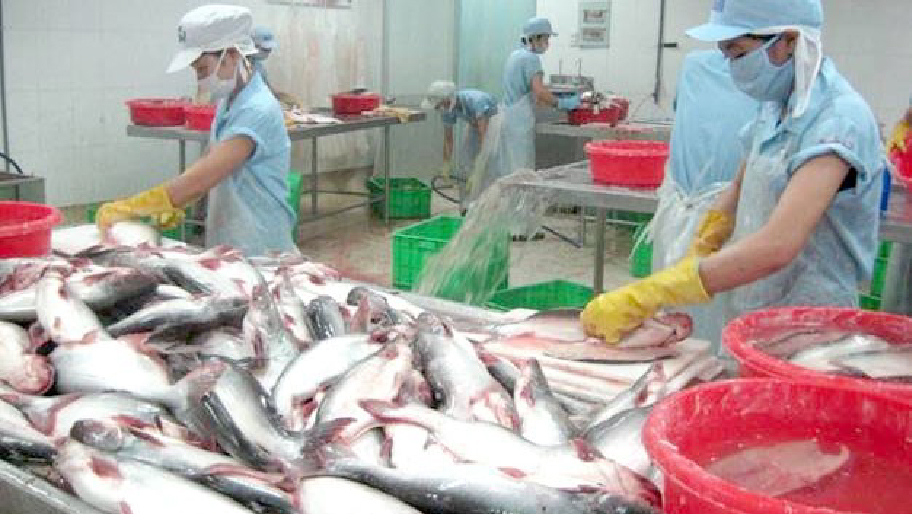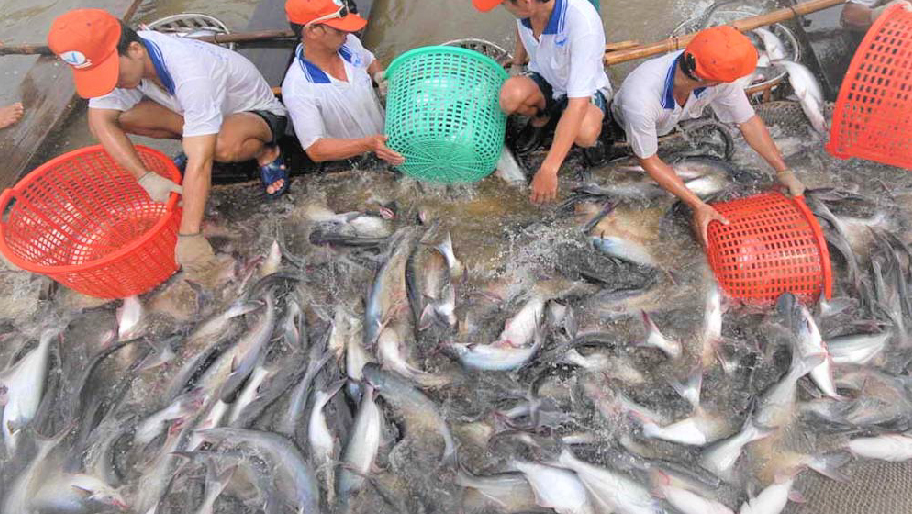Vietnam: Pangasius prices may fluctuate in the second half of the year due to the impact of COVID-19
MEKSEA.COM – When the COVID-19 pandemic erupted in Ho Chi Minh City and soon moved to the Mekong Delta, fish farming and transportation of raw materials to manufacturers and processing units were both hampered. In the near future, this is predicted to have an impact on Pangasius pricing.
According to the Association of Seafood Exporters and Producers (VASEP), the price of raw materials and materials jumped 3-4 times in the first half of 2021, while essential commodities for the operation of processing facilities increased by 5-25 percent.
Not only have employees’ wages climbed by 5-7 times, but sea freight rates have increased by 5-7 times as well, all of which are contributing to an increase in the value of Pangasius exports.
VASEP, on the other hand, stated that when the COVID-19 pandemic erupted in Ho Chi Minh City and soon moved to the Mekong Delta, fish farming and transferring raw materials to manufacturers and processing plants were also hampered.
VASEP, on the other hand, stated that with the average export price (FOB) of frozen Pangasius fillets being unchanged at 2.2 USD/kg, both farmers and enterprises are facing challenges.

Pangasius prices may fluctuate in the second half of the year due to the impact of COVID-19 (Photo: Internet).
According to the Ministry of Agriculture and Rural Development, processing firms selling raw Pangasius with a large size of 1.2kg or more to the Chinese market paid an increase of roughly 20,000 VND/kg to 22,000 VND in June (about 0.86-0.95 USD/kg). VND 22,200/kg Although there is still a significant demand for fish, the quantity of large-sized fish is nearly depleted.
This may affect the chain as a domino effect on all pangasius links and raw material prices in the near future. According to the report of the Directorate of Fisheries (Ministry of Agriculture and Rural Development), by the end of June 2021, the total area of pangasius farming will reach 1,750 hectares, an increase of 1% over the same period in 2020. The harvested output will reach 704 thousand tons, up 1% over the same period in 2020.

Pangasius prices may fluctuate in the second half of the year due to the impact of COVID-19 (Photo: Internet).
The localities with the largest pangasius farming areas are: Dong Thap, An Giang, Ben Tre, Vinh Long, Tien Giang and Can Tho. The whole Mekong Delta region has about 120 pangasius hatcheries (which keep brood stock), nearly 3,000 ha of pangasius rearing; produced about 0.9 billion pangasius fingerlings (equal to 100% of the same period in 2020). By the end of 2020, 60,000 thousand brood stock fish have been replaced for breeding establishments.

Pangasius prices may fluctuate in the second half of the year due to the impact of COVID-19 (Photo: Internet).
Currently, the pangasius breeding area and production connections are centered on 184 ha. Three-level pangasius variants of high quality and traceability have been successfully developed. This linking chain has produced 12 billion pangasius fry and 1.2 billion pangasius fingerlings with traceability for the Mekong Delta region every year.
The state is also investing in regional infrastructure projects in order to use high-tech to grow high-quality pangasius over a 350-hectare area.
In which, the water surface area for pangasius seed production is 240 ha, the production capacity is 900 million pangasius fingerlings (20-25 fish/kg) for commercial farming.
|
In order to find out more intensive information or get the most affordable price, please don’t hesitate to share any requirements with us via Email: (sales@mekseaconnection.com) / WhatsApp: +84 903 872 469 We are always willing to give our hands Thanks for your time and your interest. |
By Jasmine (Business Team)
(Reference: tepbac.com)
If you found this topic interesting, please click the Like button below, so we may continue to expand this topic. Leave a comment with your thoughts for the author team to discuss.

